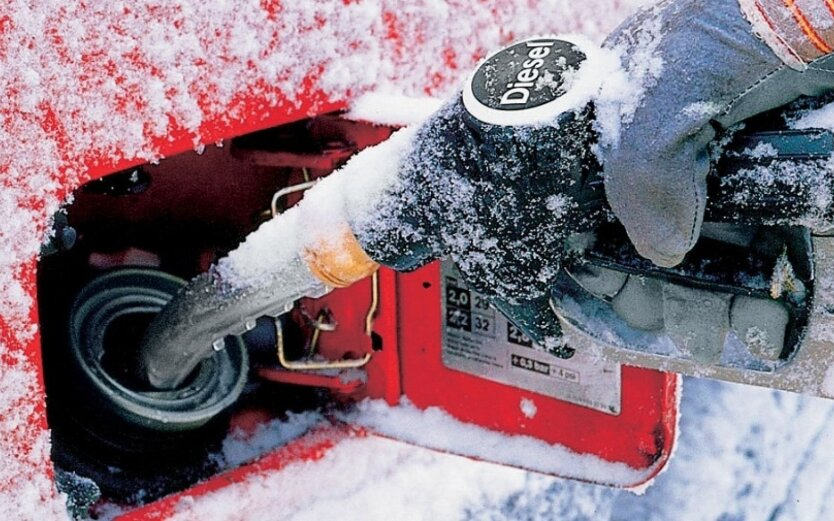Deflation: what it is in simple words.

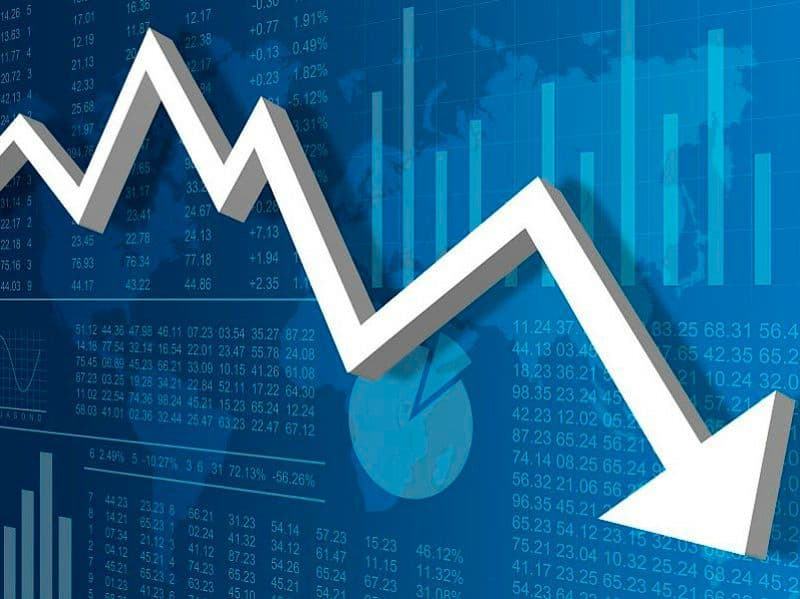
If we analyze the economy of any country, the most popular term will likely be inflation, which everyone knows, whereas the term with the least popularity turned out to be deflation.
So, what is deflation, and how does it work: it is a phenomenon similar to inflation, but with the opposite meaning. Deflation, in essence, is a general decline in the prices of goods and services. In understanding what this is, it is important to mention that this kind of process should last for a long Time.
What is deflation?

First, we need to understand why deflation exists, and it's better to use simple words. Unlike inflation, where the cost of goods rises, deflation leads to the lowering of prices for goods and strengthens the purchasing power of money. Essentially, you can just take the opposite of inflation (about which we definitely know more).
At first glance, it may seem that deflation is beneficial for consumers since prices are falling. However, this conclusion can be reached only if one completely misunderstands how the economy works. In it, any imbalance in any direction becomes a negative phenomenon. Deflation has its serious and negative consequences for the country.
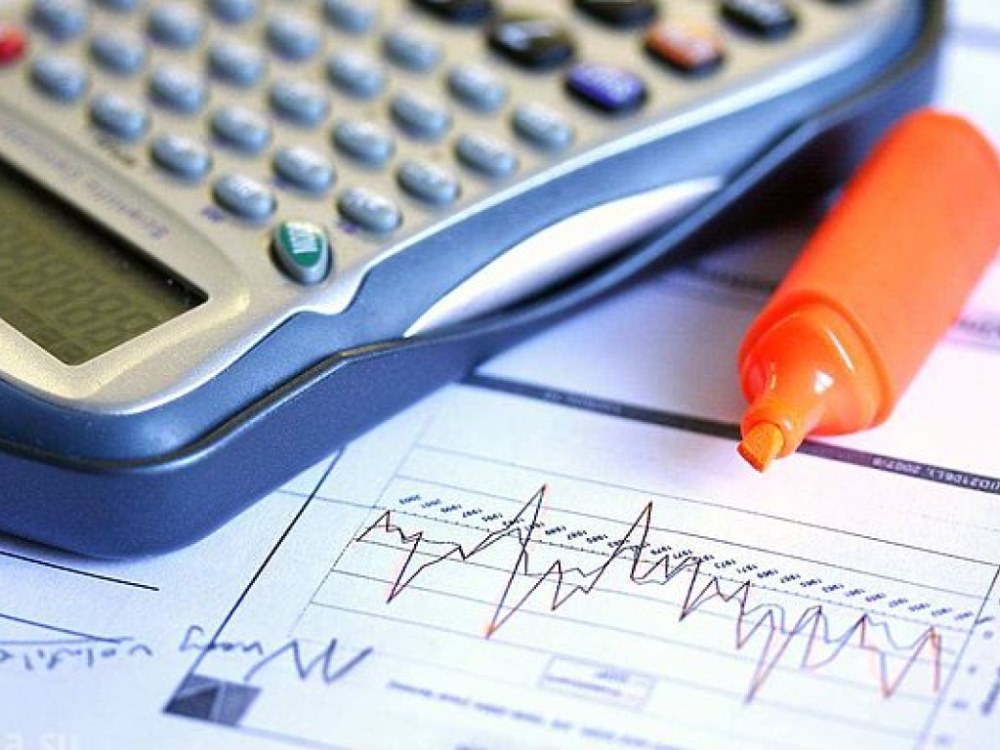
Returning to terminology, deflation is the process of a constant decline in the general level of prices in the economy. At the same time, the value of money increases, as one can buy more goods or services for the same amount of money. It is at this stage that the first serious problems begin. To put it simply, if for the same amount of money today one can buy more goods than yesterday, then the economy is experiencing deflation. This process is often accompanied by a decrease in demand for goods and services, a slowdown in production, and a deterioration of economic activity. And this little by little becomes a serious issue.
Causes of deflation
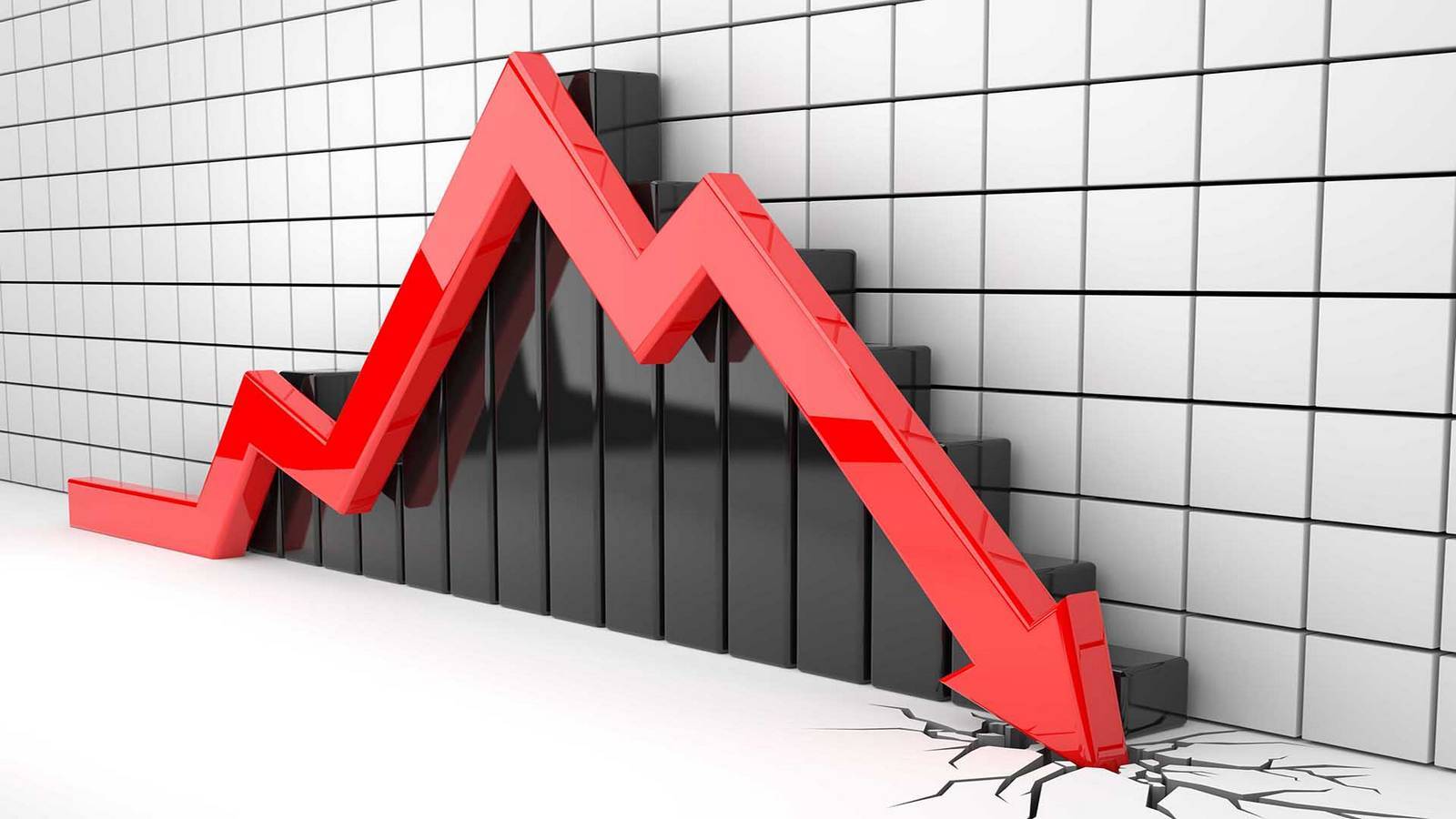
The process of deflation has its features, as well as its causes. The following can be highlighted as reasons for the decline in prices for goods and services:
-
Decline in demand for goods and services. When consumers and businesses start spending less money, the demand for goods and services falls. This can happen due to economic instability, rising unemployment, or market uncertainty. The fall in demand forces producers and sellers to lower prices to stimulate consumption.
-
Surplus supply. When there is an oversupply of goods or services in the market, it can lead to a decrease in their value. For example, if supply exceeds demand, producers begin to compete for buyers, leading to a decrease in prices.
-
Decrease in production costs. Technological innovations or declining raw material prices can make the production of goods cheaper. In such conditions, producers can lower prices, which can also lead to deflation.
-
Tight monetary policy. When central banks raise interest rates or reduce the money supply, it restricts access to credit and lowers consumer spending. As a result, demand for goods falls, and prices begin to decrease.
It is harder to identify other causes of deflation. Moreover, often several factors may simultaneously influence the emergence of deflation.
What does deflation bring with it?
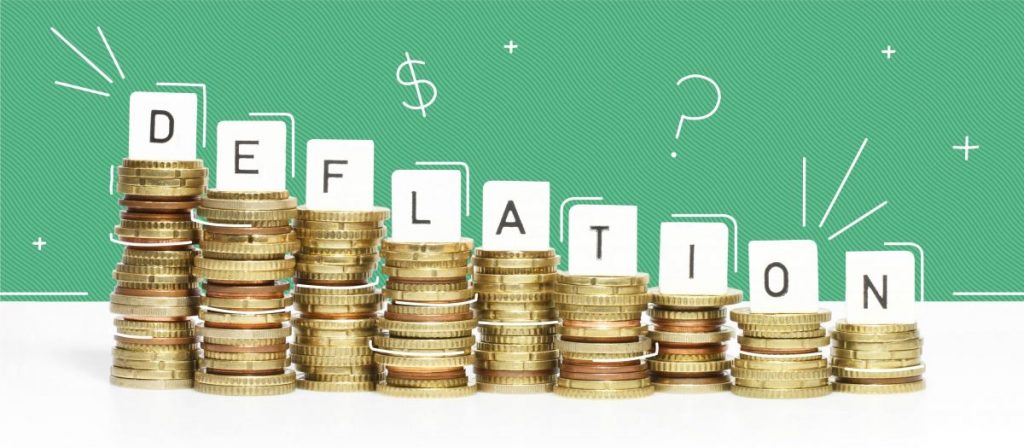
It is worth saying a few words about what deflation brings with it. On one hand, at first, consumers might rejoice at such a process. After all, goods and services have become cheaper. However, during deflation, money becomes "more expensive," and their purchasing power increases. This means that people can buy more goods and services for the same amount of money.
Costs for imports almost immediately decrease. That is, goods from abroad become cheaper, and citizens spend less on imports. Initially, this does not lead to significant downsides. In reality, it's quite the opposite. One of the primary negative consequences of deflation is a slowdown in economic activity. When prices fall, consumers begin to postpone purchases in anticipation of further price reductions. This leads to a decrease in demand, which in turn reduces production volumes.
Debt burden almost immediately increases. Debts grow due to deflation. Borrowers, especially companies, face difficulties in repaying debts as their incomes shrink. This can lead to a wave of bankruptcies and financial instability.

Unemployment also almost immediately rises. Demand for goods will fall sooner or later, and enterprises will produce less of those goods, and consequently, unemployment almost instantly increases. Among the downsides stemming from deflation is the pressure on the central bank. Lowering interest rates does not always stimulate demand, which affects the banking system. In a low or even negative interest rate environment, the effectiveness of traditional monetary policy tools decreases.
Read also
- Basic pension from 2025: who will receive more points
- A new tax will be introduced in Ukraine for Uklon, Bolt, Glovo, and not only
- Tomatoes increased in price in January: how much they cost in Megamarket, Novus, Metro and Auchan
- Drivers are facing a 'surprise' of 25 thousand: who will have to pay starting from February
- The course is breaking records: how much banks and exchange offices give for 100 US dollars
- Fuel prices in Ukraine sharply increased: analysis of gas station prices in mid-January






